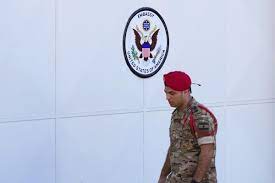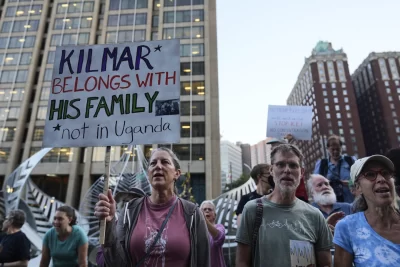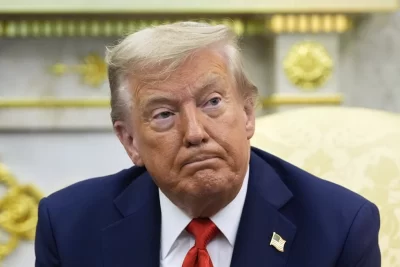
Lebanese police said Thursday that a food delivery driver who opened fire outside the U.S. Embassy in Beirut last week allegedly did so because of a personal grudge against the guards at the compound.
The police said they had arrested the suspected shooter on Monday, identifying him only by his initials M.K. and that he later confessed to the shooting.
They cited an alleged confession by him saying he was upset as the guards had insulted him two months earlier, when he came to deliver an order.’The Associated Press could not independently verify that claim.
No one was hurt in the shooting in Beirut’s northeastern Christian suburb of Aukar, which left at least five bullet holes in the wall next to the embassy entrance.
Lebanon has a long history of attacks against Americans. The deadliest one took place in October 1983, when a suicide truck bomber drove into a four-story building, killing 241 American service members at the U.S. Marine barracks at the Beirut airport.
On April 18, 1983, a bombing attack on the U.S. Embassy killed 63 people, including at least 17 Americans. Top CIA officials were among those who died. U.S. officials blamed the Iran-backed Lebanese militant group Hezbollah. After that attack, the embassy was moved from central Beirut to Aukar.
A year later, on Sept. 20, 1984, a suicide bomber struck the embassy compound in Aukar, killing himself and 14 others, prompting the embassy to close.
The United States withdrew all diplomats from Beirut in September 1989 and did not reopen its embassy until 1991.
In 2008, an explosion targeted a U.S. Embassy vehicle in northern Beirut, killing at least three Lebanese who happened to be near the car and wounding its Lebanese driver. An American passerby was also wounded.
In 1976, U.S. Ambassador Francis E. Meloy Jr. and an aide, Robert O. Waring, were abducted and killed in Beirut. In 1984, William Buckley, the CIA station chief in Beirut, was abducted and killed by the Iran-backed Islamic Jihad group.




